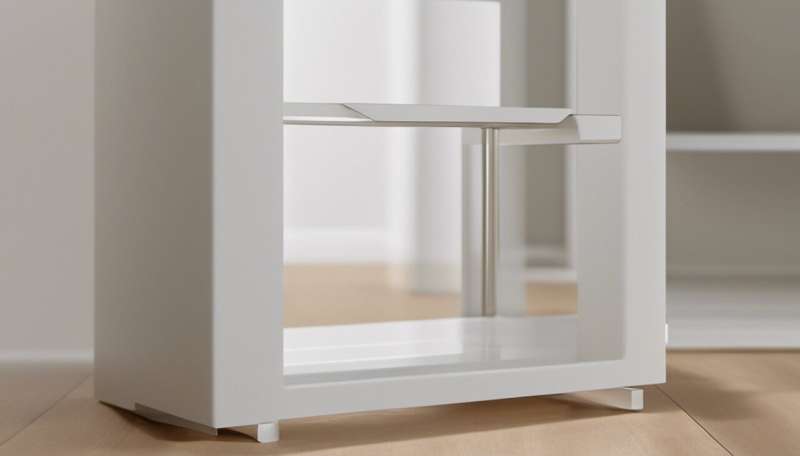New study finds preference for children to cradle dolls on left is indicator of social cognitive abilities

Children who cradle dolls on the left show higher social cognitive abilities than those who do not, according to new research from City, University of London.
The new findings, which also show deeply inbuilt facial recognition skills which enable children to interpret even simple approximations as human faces, suggest the children's cradling preference could help to indicate some social developmental disorders.
The study builds on previous knowledge of a 'left-cradling bias' – the phenomenon that humans will typically cradle a baby on their left side, enabling both parent and child to keep the other in their left visual field – which is unrelated to dominance of the use of right or left hand. Information from the left visual field is processed by the right hemisphere of the brain, which is associated with emotion and the perception of facial expression.
Further investigation could enable researchers to make important predictions about the trajectory of children's development based on their cradling responses, in association with social and communication abilities.
The research – led by Dr. Gillian Forrester of Birkbeck, University of London and Dr. Brenda Todd of City, University of London – was conducted with 98 typically developing children (54 girls and 44 boys) in reception or year 1 at a mainstream reception school in South London, who were given a human infant doll to cradle.
They were observed to hold the doll markedly more often in a left-cradling position, and those who showed this bias had a significantly higher social ability score compared with those who held the doll on the right.
The social ability traits tested including likeliness to follow rules, willingness to share with others and wanting to please their teachers.
As part of the study the children were also given a pillow to cradle, with three dots marked on to suggest a face. They were more likely to cradle this object on the left, which researchers say indicates the depth of the evolutionary bias, as even a hint of a face will trigger the response.
By contrast, when given a plain pillow, without a suggestion of a face, the children demonstrated neither a left nor right cradling bias.
Birkbeck's Dr. Forrester said: "Even babies recognise the simple design of three dots surrounded by a circle as a face. And faces receive special attention from our left visual field (connected to the right hemisphere), which is faster and more accurate at identifying individuals and their emotional expressions than the right visual field for the majority of the population. This left-visual-field bias is a natural ability, thought to have originated from a need to identify predators in the environment. In modern humans we believe that the left visual field bias for recognising faces and expressions supports our sophisticated social and emotional abilities.
"In our study, children held a plain pillow randomly in either arm, but adding a 'three-dot-face' resulted in a preference to hold in the left arm, mirroring the left-side cradling bias shown by mothers holding babies. The phenomenon, known as the 'left cradling bias', is not just present in humans—it is pervasive across the animal kingdom and found in species as different as gorillas and flying foxes. Keeping a baby in the carer's left visual field allows for more efficiently monitoring of the baby's wellbeing.
"Not surprisingly, the left cradling bias was also seen when children held a human baby doll, indicating that this behaviour is present early in development and you do not need to have had experience of holding babies to express this preference. What was interesting was that children who held the baby doll with a preference for the left arm scored higher on social ability tests, compared with children who held with a right-side preference, indicating that using the visual field linked to the dominant hemisphere for processing social stimuli gives the individual a real-life advantage."
The cradling bias was once thought to be associated with the prevalence of the of the right-handed population but is now known to result from a preference for using the left visual field to view faces – it is quicker and more accurate at identifying individuals and their expressions. Cross cultural studies indicate that approximately 80% of mothers naturally cradle on the left.
City's Dr. Brenda Todd said:
"I have previously studied mothers holding their own babies, finding that the left cradling is strongest in the first 12 weeks after the birth, when the babies are most vulnerable. It is very interesting to see that a similar bias is shown when young children hold a doll which depicts a young infant, indicating that this behavioural preference is apparent so early in our development."
The peer-reviewed study is published in Cortex.
More information: G.S. Forrester et al. The left cradling bias: An evolutionary facilitator of social cognition?, Cortex (2018). DOI: 10.1016/j.cortex.2018.05.011

















